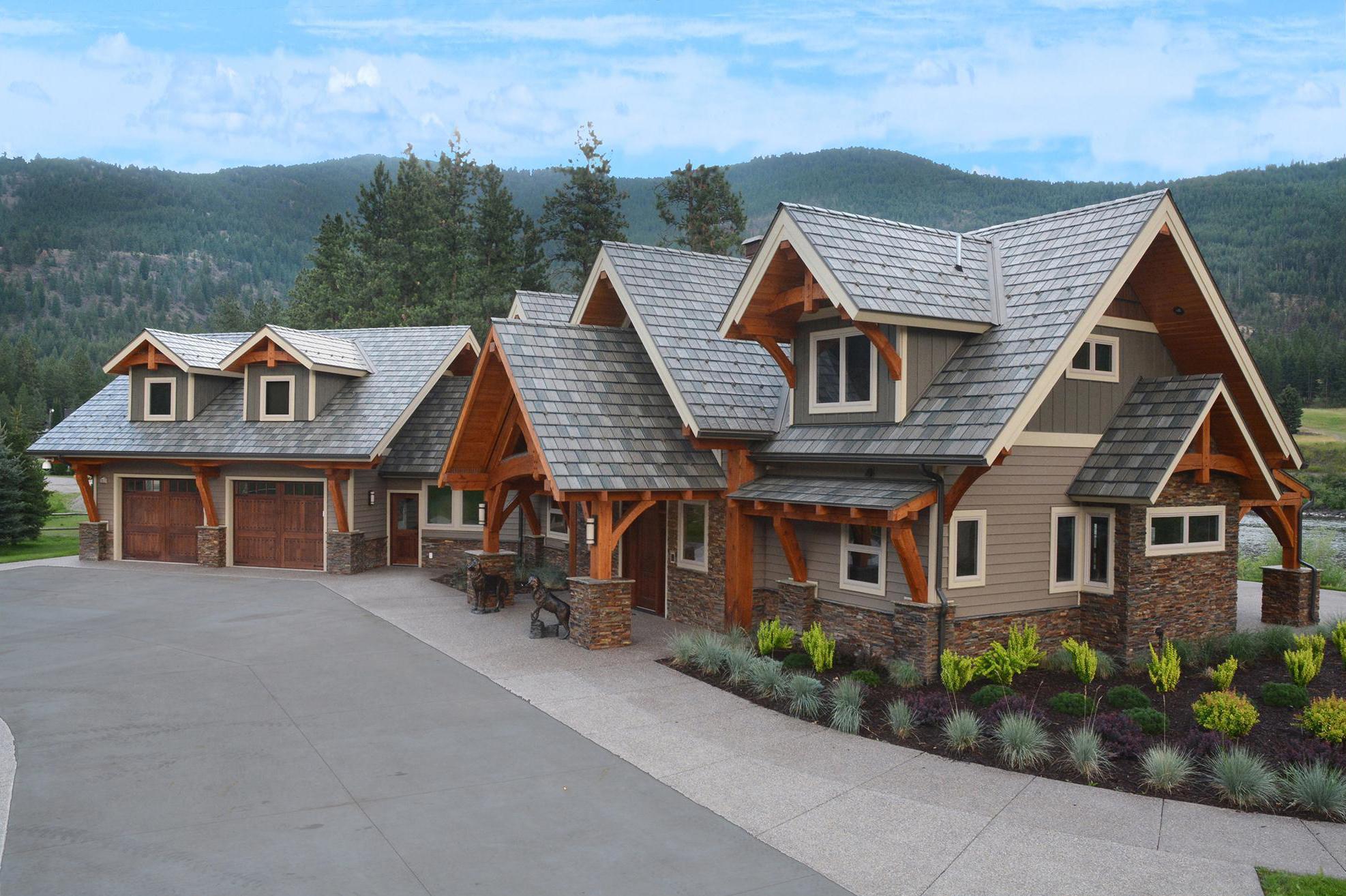
How to Choose the Right Gutters for Your Home
They might not be the most exciting part of your home renovation or new build, but gutters and downspouts play a major role in preventing costly water damage, soil erosion and more. Properly installed gutters capture water runoff from your roof and direct it away from the home, protecting the siding and foundation.
Pro Tip: Trying to save water? Direct downspouts into a rain barrel or garden bed.
Without gutters, the force from the water streaming off the roof can erode the lawn, landscaping and even the foundation of your home over time. A cracked foundation exposes your basement to moisture, eventually causing water damage and mold. Excessive water exposure can also stain siding and fascia and begin to mold or even rot if the materials are not water resistant. However, steel siding does not absorb moisture and can serve as a second line of defense against water damage.
Unless you live in an arid climate with very little rainfall, gutters and downspouts are essential to protecting the structural integrity of your home. All that’s left to decide is which type of gutters are best for you? Gutters are typically available in two standard shapes: half-round and K-style.
Half-Round 
Half-round gutters offer a more traditional look and are generally found on older, historic homes. Their curved shape prevents them from resting flat against the fascia, so brackets are required to hold them in place. Half-rounds are also typically wider than K-style gutters.
K-Style 
K-style gutters are the most popular style today and are found on most modern homes. The shape resembles crown molding and serves a functional purpose in addition to the aesthetic – these gutters carry more water than half-rounds. Another benefit to this style is the flat back can be nailed directly to the fascia, so no brackets are necessary. EDCO’s gutters are made in this popular style.
Selecting a style is only the first part of your decision. Material is another crucial factor in determining the quality and durability of your gutters. The most widely used gutter materials today are aluminum, vinyl, steel, zinc, and copper.
Aluminum
Aluminum is the most popular choice by homeowners. Aluminum gutters are lightweight and won’t rust. They are typically available in a wide variety of colors and can be repainted. The only problem is they are prone to denting or bending, so exercise caution when working around them. On average, aluminum gutters should last around 25 years. EDCO’s aluminum rainware systems come with a lifetime non-prorated warranty and 35-year fade protection.
Vinyl
Vinyl gutters are the least expensive option and, if you plan on doing your own installation, the simplest to work with. They are lightweight and won’t rust. However, vinyl is not very durable and will fade more quickly than other materials. The material can crack in extreme hot or cold temperatures, so their longevity may depend on your local climate.
Steel
Steel gutters are more durable than aluminum but will rust over time. Wet clumps of leaves sitting in the gutters can speed up the oxidation process, so installing leaf guards is recommended. Steel gutters are heavy and difficult for DIY installation.
Zinc & Copper
Zinc and copper are two very expensive options that are typically found on high-end or historic homes. These materials will develop a lovely patina over time, so painting is unnecessary. Hiring a contractor for the installation is essential as the seams and joints must be welded. When properly installed and welded, you can expect these gutters to last for several decades. Zinc and copper gutters are generally only available in the half-round style.
Investing in a quality gutter and downspout system will protect your home from water damage for decades to come. EDCO’s aluminum rainware systems are available in a variety of colors and are designed to seamlessly integrate with the look of your home or any of our steel siding and soffit products.